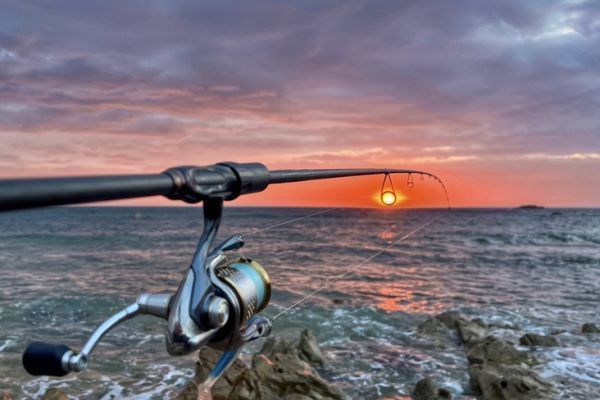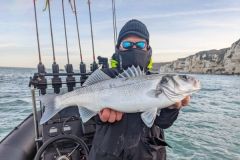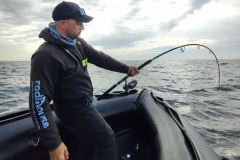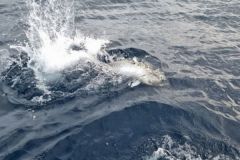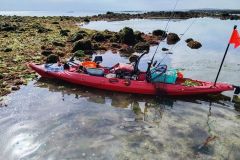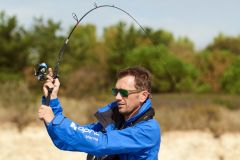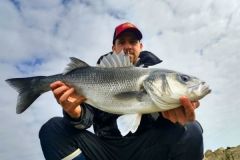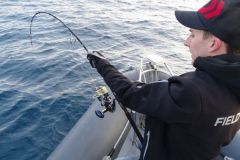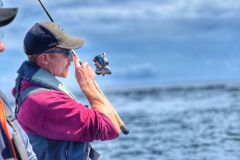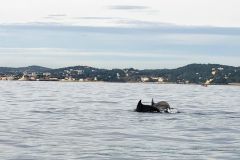What is a tidal coefficient?
The tidal coefficient is a value between 20 and 120. The tidal range, i.e. the difference in water height between high and low tide, is derived from this coefficient.

The average coefficient is 70, below which we speak of neap tides, and above which of spring tides. The higher the coefficient, the stronger the tidal current. Fish activity depends directly on it.
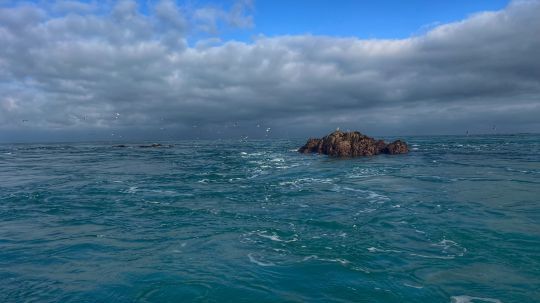
What impact do coefficients have on marine ecosystems?
The tidal coefficient determines the strength and speed of the current. The latter influences three well-known mechanisms:
- Sediment stirring: the current stirs up sediment, releasing buried worms, crustaceans and molluscs, attracting forage fish.
- Channelling plankton and small fish: current veins channel plankton and small fish into restricted zones, creating food-rich feeding grounds for predators. The stronger the current, the more pronounced the veins.
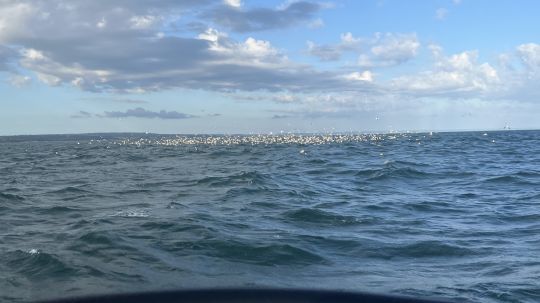
- Behavioral stimulation: tidal range has been shown to have an effect on fish behavioral stimulation.
Optimum coefficients for sea fishing
Depending on the type of fishing practised, the ideal tidal coefficient varies. Generally speaking, I've found that predator activity is more intense during spring tides than neap tides.
For deep vertical fishing, especially on wrecks in search of large yellow spots, I prefer coefficients below 70. This limits current speed and optimizes lure presentation. In this case, I prefer to fish at slack tide, when the current is weakest.
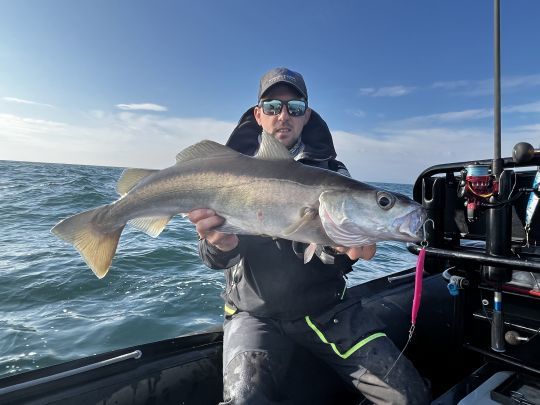
By consulting the current maps online at sHOM website you'll be able to find out precisely when and how fast the currents are flowing.
For fishing in rocky areas, targeting sea bass with casting, pulling or flying techniques, I particularly appreciate coefficients between 70 and 95. These periods offer a sufficiently strong current to activate the fish, without making the area impassable. Here again, it's essential to consult the SHOM to identify the times when the current will be most favorable. Plan your session according to the tides: some areas become dangerous or impossible to fish when the current is too strong.

 /
/ 